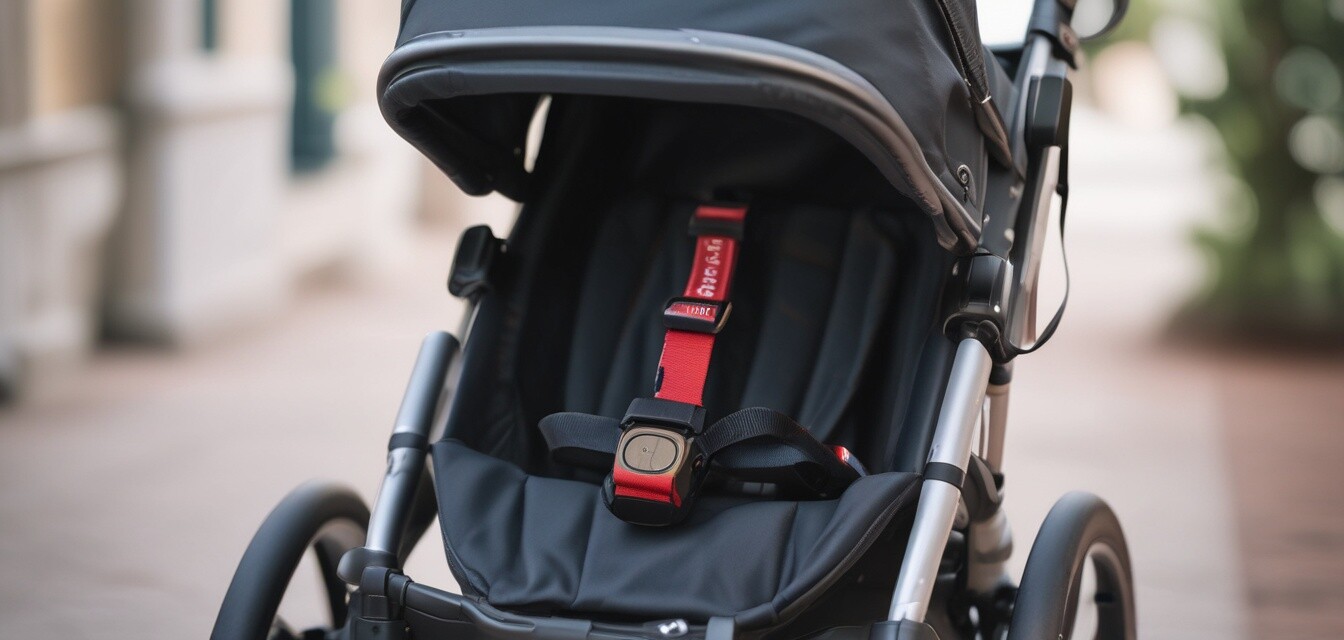
Understanding the Warranty: What to Look For in a Stroller
Key Takeaways
- Warranties can vary significantly among stroller brands.
- Common warranty features include coverage duration, parts, and labor.
- Always check for specific exclusions in the warranty.
- Understand the process of making a warranty claim.
When purchasing a stroller, understanding the warranty is as crucial as evaluating its features. A good warranty can provide peace of mind, ensuring your investment is protected should anything go wrong. In this article, we’ll explore everything you need to know about stroller warranties, including key features to consider before making a purchase.
Why is a stroller warranty important?
A stroller warranty serves as a promise from the manufacturer regarding the quality and durability of their product. It can be a deciding factor in your purchase, especially if you are weighing different brands or models. A good warranty indicates confidence in the product.
Key features of stroller warranties
The features of a warranty can significantly influence your overall experience. Here's what you should look for:
| Feature | Description |
|---|---|
| Coverage Duration | Check how long the warranty is valid. It can range from one year to a lifetime warranty. |
| Parts Covered | Understand which parts are covered under the warranty, such as frame, wheels, and harness systems. |
| Labor Costs | Some warranties cover labor costs if repair or replacement is needed. |
| Exclusions | Read the fine print for exclusions. Common exclusions might include damage due to misuse. |
| Transferability | Some warranties can be transferred to a new owner, which can be a benefit in resale. |
Common types of warranties
Understanding the types of warranties available can help you make an informed decision:
- Limited Warranty: Covers defects in materials or workmanship for a specific time frame.
- Lifetime Warranty: Typically covers the entire lifespan of the stroller, ensuring long-term value.
- Accidental Damage Warranty: Covers damage not caused by manufacturing defects, although this may require extra fees.
How to read the warranty
Warranties can be complex. Here are a few tips for interpreting them correctly:
- Look for clear language—avoid vague terms that can lead to confusion later.
- Check the process for making a warranty claim; it should be straightforward.
- Always retain your receipt. This is usually required to validate your warranty.
What to do in case of defects
If you encounter issues, follow these steps:
- Contact customer service promptly with details of the issue.
- Gather your purchase documents, including your receipt and warranty information.
- Follow the manufacturer’s instructions for returning the product, if necessary.
Resources for stroller warranty information
For in-depth information on stroller models and tips on warranty expectations, check out our related articles:
Conclusion
Understanding the warranty of the stroller you’re considering is crucial as it can save you time and money in the long run. Take the time to read through the warranty details and when in doubt, don’t hesitate to reach out to the manufacturer for clarification. Remember, a stroller is a significant investment in your child’s safety and comfort, and being well-informed can enhance your purchasing decision.
Pros
- Warranties provide peace of mind for parents.
- Coverage can enhance the longevity of your stroller.
- Clarity in warranty terms can lead to better purchasing decisions.
Cons
- Some warranties can have specific exclusions that may not be obvious.
- Not all brands offer comprehensive warranties.